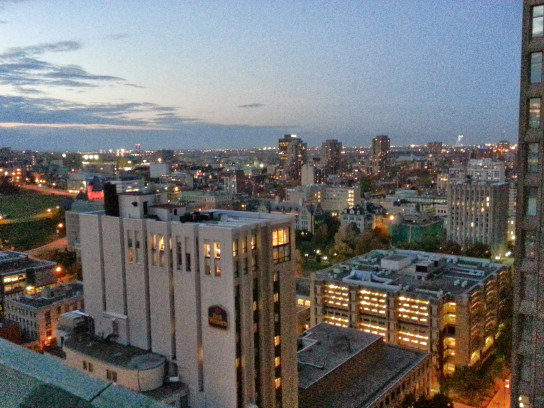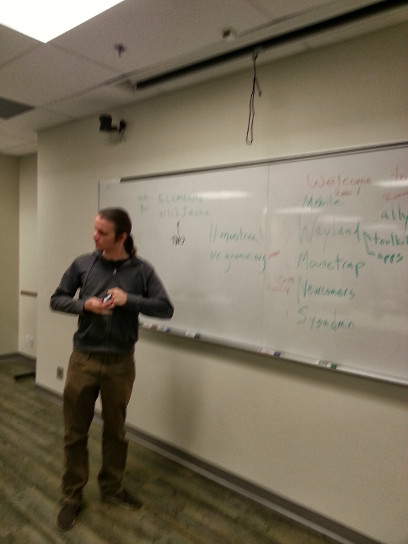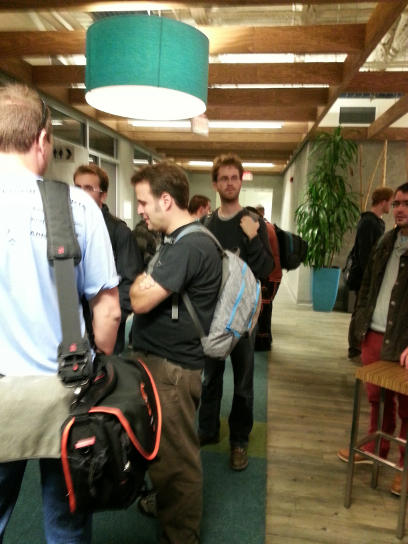I’ve been itching to write this post for a while.
With the GNOME 3.10.0 release, we actually built mutter-wayland in Fedora 20, and enabled the Wayland compositor in the gnome-shell package. For a while, we were missing the xwayland support from our X server package, so gnome-shell-wayland would not actually run. As of today, with the very latest builds of xorg-x11-server, xorg-x11-drv-intel and mutter-wayland, it is actually possible to test GNOME under Wayland in Fedora 20. Note that these updates may not have made it into the updates-testing repository by the time this post appears.
Much of the credit for getting us this far goes to Giovanni Campagna, who writes about it here.
Of course, this is an early tech preview, so you should not expect wonders. The planning page for the Wayland porting effort lists the known limitations and regressions. The more noticeable ones are:
- The generic Wayland driver is still under package review, so for now you can only try this with Intel graphics.
But you can try it out, and that is huge milestone.
In the near future, we’ll focus on stability fixes and on addressing the most serious regressions. Our goal for the next cycle is to complete the port to the point where you can use it day-to-day without noticing it. There is still a lot of things that need to be done to get there, we are tracking this effort here. We are also going to discuss the Wayland port at the GNOME Montréal Summit in 10 days, feel free to drop by there if you are interested.
Help is very much appreciated.
One thing that would be helpful and can be done by anybody without expert knowledge of X or Wayland is to try applications and see which ones are working and which ones have issues. To try a GTK+ application with the Wayland backend, use
GDK_BACKEND=wayland <your-test-app>
This will only have an effect for applications using GTK+ 3, of course. There is no Wayland support for GTK+ 2. Applications using GTK+ 2 should transparently use the X server that is provided by xwayland.
Update:
F20 alpha is not new enough for this. You need to run yum upgrade after installing the alpha, and then install the three aforementioned builds for GNOME / Wayland to work.
![]() There have recently been some stories about applications switching away from GTK+ due to portability concerns. Therefore, I’m really happy to announce that we now have official GTK+ 3 builds for Windows. Currently, the supported version is 3.6.4. You can find these on the very informative download page:
There have recently been some stories about applications switching away from GTK+ due to portability concerns. Therefore, I’m really happy to announce that we now have official GTK+ 3 builds for Windows. Currently, the supported version is 3.6.4. You can find these on the very informative download page:

